Otoacoustic emissions

specialists

equipment

treatment
Types of otoacoustic emissions
The OtoRead device is used for diagnostics. Its probe contains a frequency generator and a sensitive microphone that picks up the sound of vibrations of the hair cells of the cochlea. Since the emission results from the influence of equipment, it is called induced.
The OAE test in newborns allows you to determine the presence or absence of hearing or hearing loss. For adults, it is performed as a primary diagnosis for severe hearing loss.
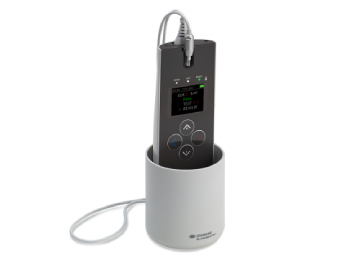
During diagnostics, the analyzer system registers
three types of vibrations:
- Spontaneous otoacoustic emissions It occurs without a stimulus, spontaneously. More often it is registered in girls, and in 30% of adults it is completely absent
- Delayed issue This is a natural response of a healthy hearing aid to a broadband click.
- Otoacoustic response at distortion frequency Otorid is capable of generating waves in the range from 1.5 to 12 kHz, which makes it possible to determine the response to various influences
General information about the procedure
Advantages of the technique

The price of otoacoustic emission is more than affordable, which is explained by the simplicity and speed of its implementation. The patient may note other advantages of the technique:
- Accuracy. An objective assessment of the response of the hearing aid gives an accurate idea of the state of hearing, and the use of different frequencies of stimulation also makes it possible to determine the degree of hearing loss. This is incomparable with speech techniques and subjective judgments.
- Versatility. It can be done by anyone – newborns and adults.
- Comfort. Just one minute without pain and discomfort.
Otoacoustic emission is a technique that allows you to objectively assess a patient’s hearing and diagnose hearing loss and deafness. At the same time, it does not require significant expenses and lengthy preparation. Make an appointment and get an answer that will dispel all doubts.
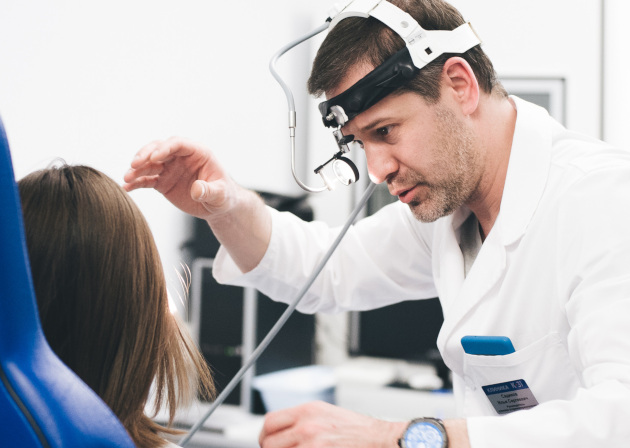
How is an appointment with an otolaryngologist at K+31?
Our doctors

This award is given to clinics with the highest ratings according to user ratings, a large number of requests from this site, and in the absence of critical violations.

This award is given to clinics with the highest ratings according to user ratings. It means that the place is known, loved, and definitely worth visiting.

The ProDoctors portal collected 500 thousand reviews, compiled a rating of doctors based on them and awarded the best. We are proud that our doctors are among those awarded.
Make an appointment at a convenient time on the nearest date
Price

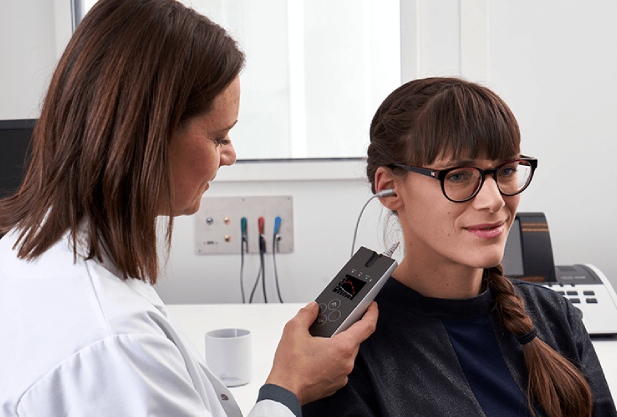
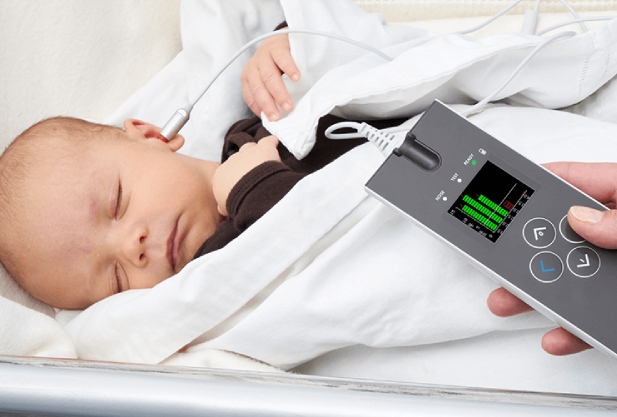

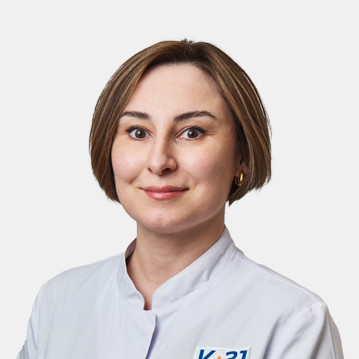


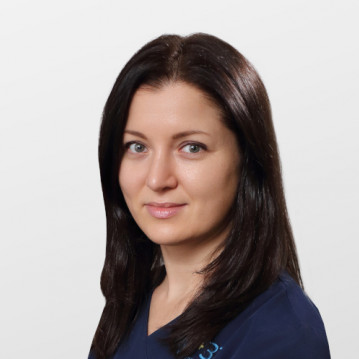
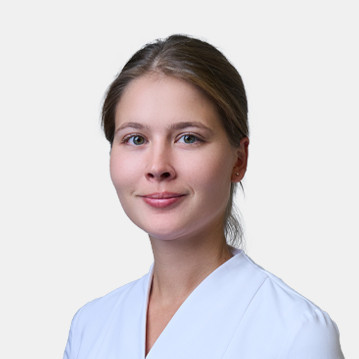
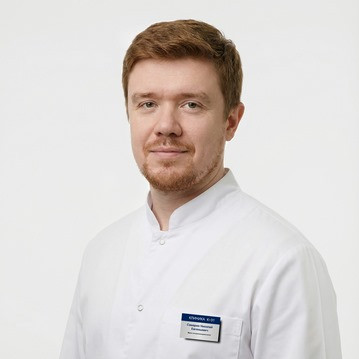
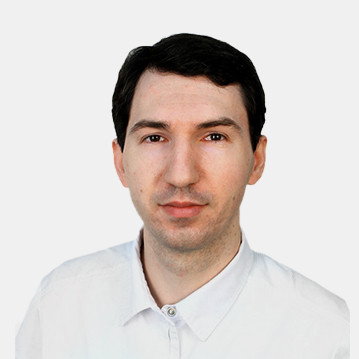

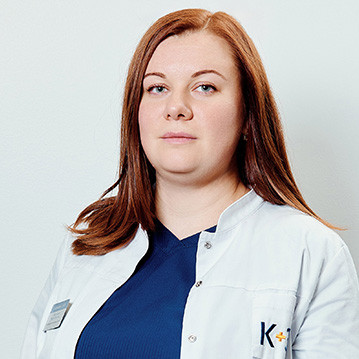
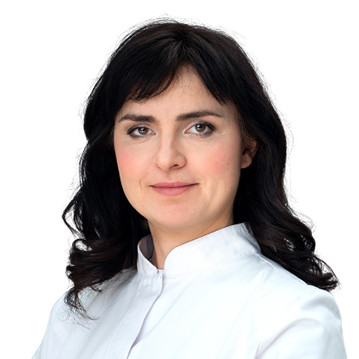

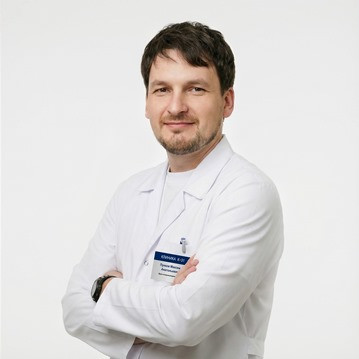
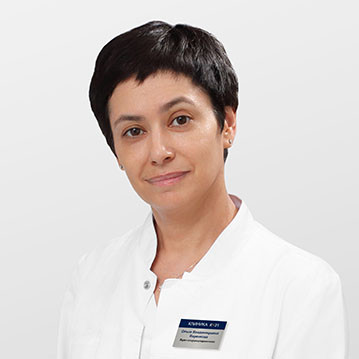

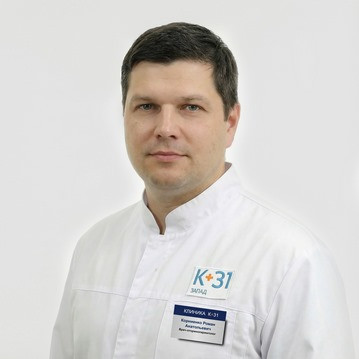
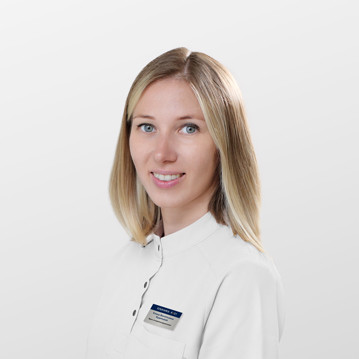
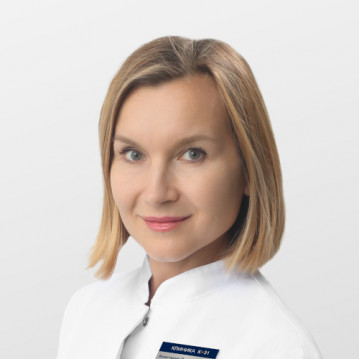


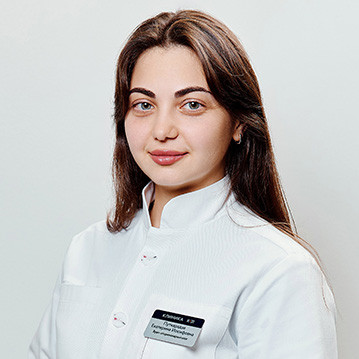
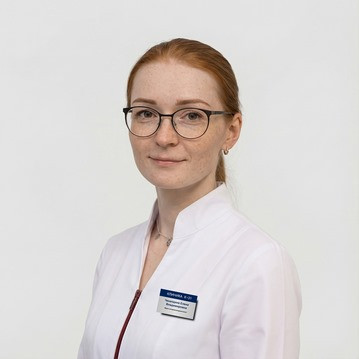
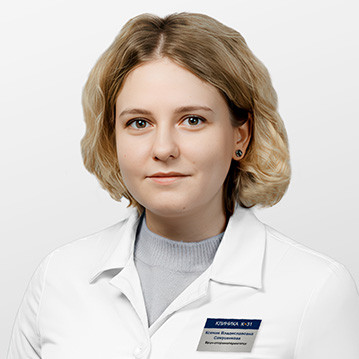
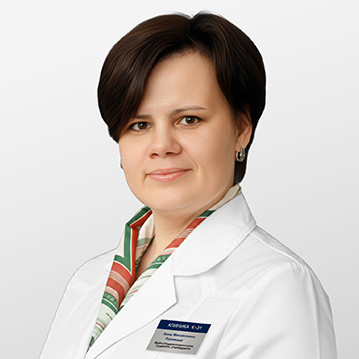

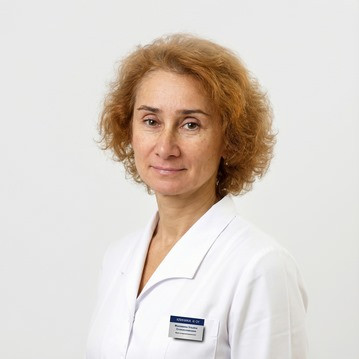







Diagnostic value of otoacoustic emissions
The human ear is a complex biological mechanism consisting of a number of structures, each of which plays its own role in processing and transmitting sound waves:
Hearing loss can occur when any of these structures are disrupted. But the actual occurrence of otoacoustic emissions serves as confirmation of their performance, and hence the presence of hearing in the patient. Therefore, this test is the primary diagnosis of hearing loss. According to the law, otoacoustic emissions in newborns are checked in the maternity hospital as part of screening. Thus, if a child has hearing problems, parents are immediately notified.